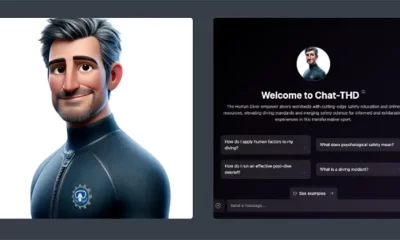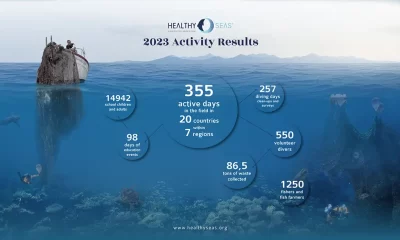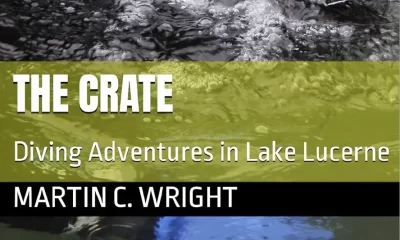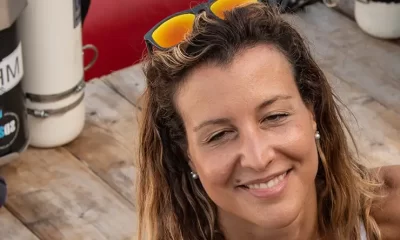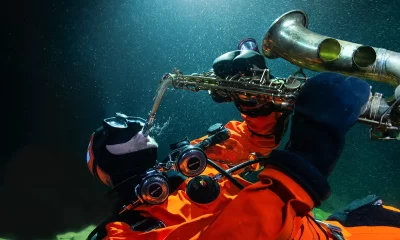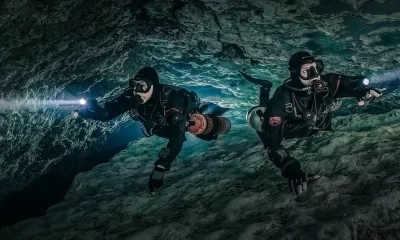News
GUE.tv Video Contest Deadline Extended to 2021
Global Underwater Explorers (GUE) along with contest sponsors Halcyon, Fourth Element, Paralenz, Shearwater, Santi, and Divers Alert Network (DAN) are looking for videographers to show off their skills while sharing their passion for the underwater world.

WANT TO WIN CASH AND SOME COOL DIVE MERCHANDISE? GUE.TV JUST MADE AN UNDERWATER VIDEOGRAPHER’S DREAM COME TRUE.
In celebration of the magnificent underwater world, Global Underwater Explorers’ GUE.tv along with contest sponsors are pleased to announce the deadline for the GUE.tv Video Contest has been extended into 2021. The contest was originally slated to end this September, but due to COVID-19 and stay at home orders around the globe, GUE has extended the contest until September 30, 2021.
“By adding an extra year to the timeline for the contest we hope divers will have time to get back in the water and to create some really inspiring videos,” said GUE President Jarrod Jablonski. “The contest offers some pretty impressive cash and prizes, so we are looking for people to really wow us with imagery but most importantly storyline and passion.”
Video submissions should connect the viewer to the majesty of the underwater world and focus on a particular aspect of the subject’s location, such as its unique ecology, ecosystem vulnerability, or marine life inhabitants. Alternatively, the video could provide a personal account of the impact this environment has made on the creator. The style of the video can be at the discretion of the creator, but it must be a minimum of three minutes long and a maximum of ten minutes.
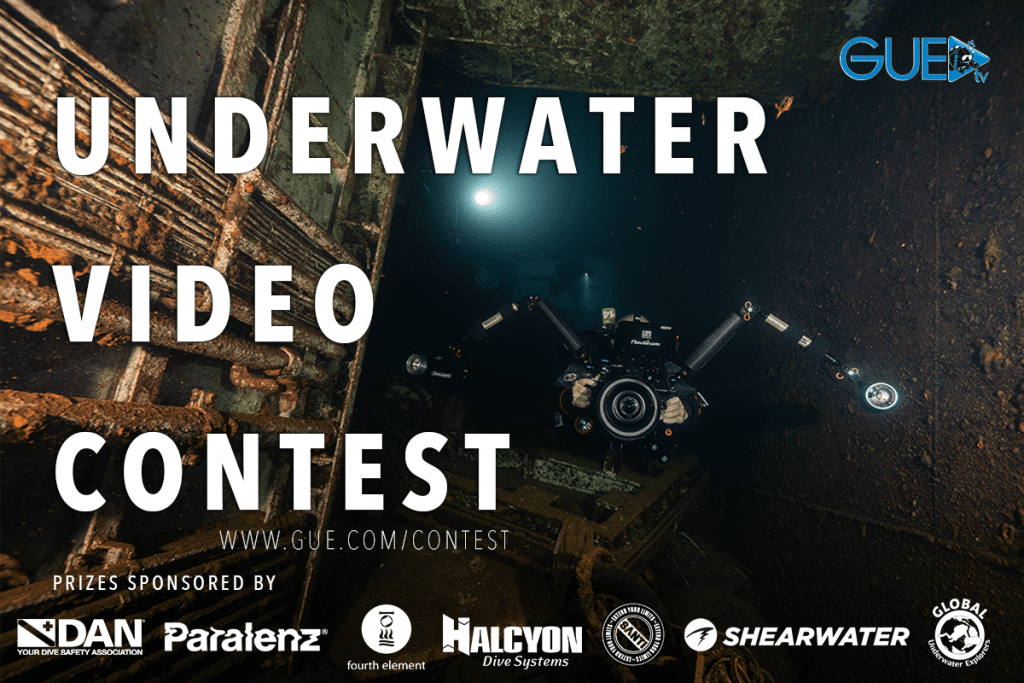
Thanks to the sponsors of the contest, entrants will be entered to win:
1ST PLACE
- $2,000 USD
- GUE Platinum membership
- GUE.tv one-year subscription + GUE/GUE.tv logo wear
- Halcyon primary light (winner’s choice)
- Santi custom drysuit (winner’s choice)
- Shearwater Teric diving computer
- Fourth Element premium wetsuit (winner’s choice)
- Fourth Element Expedition Seres luggage (3 bags: 60L, 90L, 120L)
- Paralenz underwater camera and accessories
- DAN Europe $500 USD voucher (products or services)
Total Value ~ $10,000 USD
2ND PLACE
- $1,000 USD
- GUE Gold membership
- GUE.tv one-year subscription + GUE/GUE.tv logo wear
- Halcyon custom BC system (winner’s choice)
- Santi heated vest
- Shearwater Perdix diving computer
- Fourth Element Halo AR undersuit
- Paralenz underwater camera
- DAN Europe $200 USD voucher (products or services)
Total Value ~ $5,000 USD
3RD PLACE
- $500 USD
- GUE Silver Membership
- GUE.tv one-year subscription + GUE/GUE.tv logo wear
- Halcyon single tank BC system (winner’s choice)
- Santi undergarment (winner’s choice)
- Fourth Element X Core vest
- DAN Europe $100 voucher (products or services)
Total Value ~ $3,000 USD
The contest opened on February 5, 2020 and will continue through September 30, 2021. To submit a video, please use the entry form here. Submissions received before or after these dates will not be considered.
The contest is open to all applicants 18 years of age or older at the time of contest entry. Younger creators are welcome to transfer rights to a legal adult who can submit on their behalf, but the prize will be awarded to the name of the legal entrant. Please review all of the rules and regulations of the contest here before submitting a video.
May the odds be ever in your favor.



















